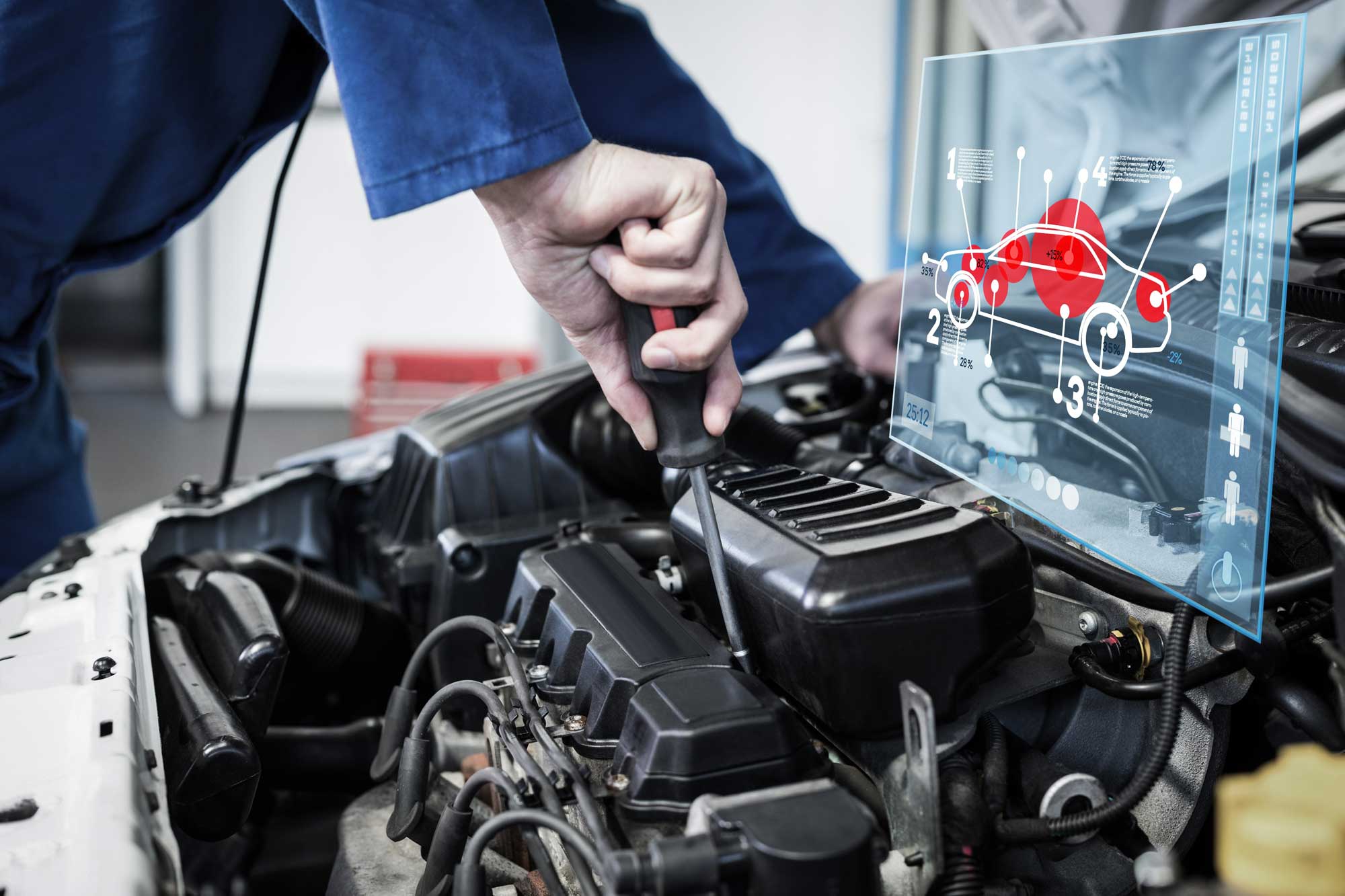What is the average life of a car engine?
You can expect most engines to last 150,000–200,000 miles, and many reach 250,000 or more with regular engine repair and service. Here’s what determines the answer:
- Typical lifespan: the average life of a car engine usually falls between 150,000–200,000 miles under normal use.
- Extended life: With consistent oil changes, cooling system checks, and timely engine repair, engines can often run 250,000–300,000 miles.
- Neglect risk: Ignoring service schedules shortens engine life dramatically and often leads to expensive repairs.
- Driving habits: steady highway cruising is easier on engines than constant stop-and-go traffic or heavy towing.
- Environment: extreme heat, cold, or dusty conditions wear parts faster and reduce the average lifespan.
What regular engine service includes:
- Changing oil and filters on time to keep parts lubricated.
- Replace spark plugs, air filters, and fuel filters as needed.
- Inspecting the cooling system, hoses, and coolant levels.
- Replace belts, hoses, and timing components before failure.
- Running computer scans, fluid checks, and road tests.
- Fixing small leaks or issues early to avoid major repairs.
Problems from neglect:
- Sludge buildup starves bearings and clogs vital oil passages.
- Overheating from poor coolant care warps heads and blows gaskets.
- Contaminated or old oil accelerates metal-to-metal wear.
- Persistent misfires or knock damage pistons and catalytic converters, often requiring engine service.
The takeaway: If you are wondering what is the average life of a car engine is, expect about 150,000–200,000 miles, and add many more years with regular maintenance, prompt fixes, and professional engine repair.
Have more questions about what is the average life of a car engine? Contact our ASE-certified technicians at Express Auto Service & Repair for more information about engine service and to schedule an appointment. Our auto shop serves vehicle owners in Mankato, MN, and the neighboring communities of North Mankato, MN, New Ulm, MN, and St. Peter, MN.

You can expect most engines to last 150,000–200,000 miles, and many reach 250,000 or more with regular engine repair and service. Here’s what determines the answer:
- Typical lifespan: the average life of a car engine usually falls between 150,000–200,000 miles under normal use.
- Extended life: With consistent oil changes, cooling system checks, and timely engine repair, engines can often run 250,000–300,000 miles.
- Neglect risk: Ignoring service schedules shortens engine life dramatically and often leads to expensive repairs.
- Driving habits: steady highway cruising is easier on engines than constant stop-and-go traffic or heavy towing.
- Environment: extreme heat, cold, or dusty conditions wear parts faster and reduce the average lifespan.
What regular engine service includes:
- Changing oil and filters on time to keep parts lubricated.
- Replace spark plugs, air filters, and fuel filters as needed.
- Inspecting the cooling system, hoses, and coolant levels.
- Replace belts, hoses, and timing components before failure.
- Running computer scans, fluid checks, and road tests.
- Fixing small leaks or issues early to avoid major repairs.
Problems from neglect:
- Sludge buildup starves bearings and clogs vital oil passages.
- Overheating from poor coolant care warps heads and blows gaskets.
- Contaminated or old oil accelerates metal-to-metal wear.
- Persistent misfires or knock damage pistons and catalytic converters, often requiring engine service.
The takeaway: If you are wondering what is the average life of a car engine is, expect about 150,000–200,000 miles, and add many more years with regular maintenance, prompt fixes, and professional engine repair.
Have more questions about what is the average life of a car engine? Contact our ASE-certified technicians at Express Auto Service & Repair for more information about engine service and to schedule an appointment. Our auto shop serves vehicle owners in Mankato, MN, and the neighboring communities of North Mankato, MN, New Ulm, MN, and St. Peter, MN.


